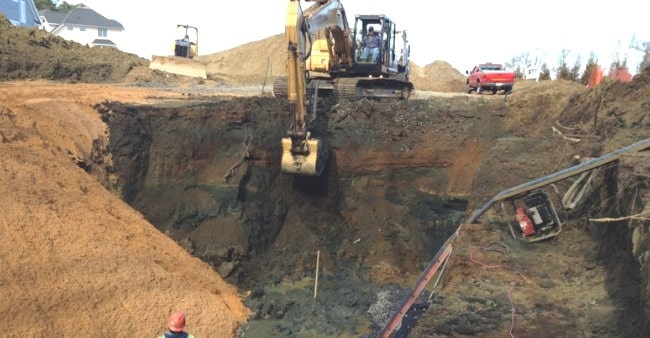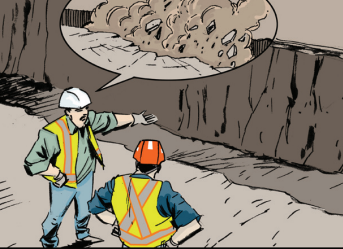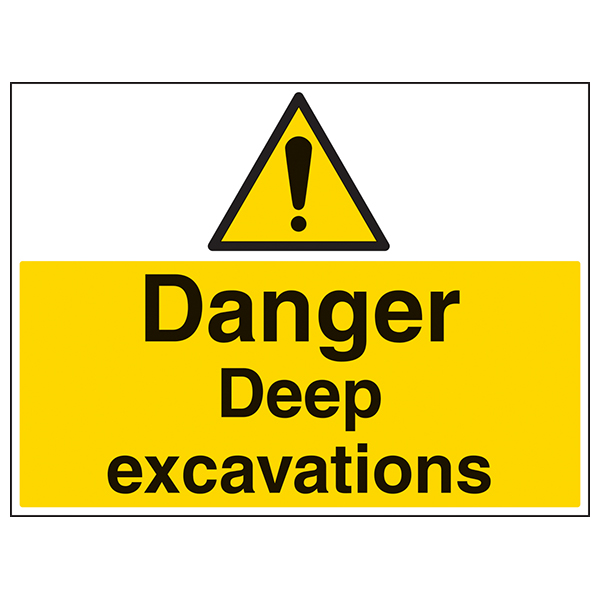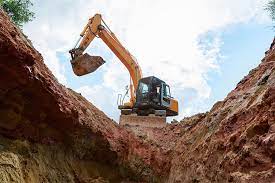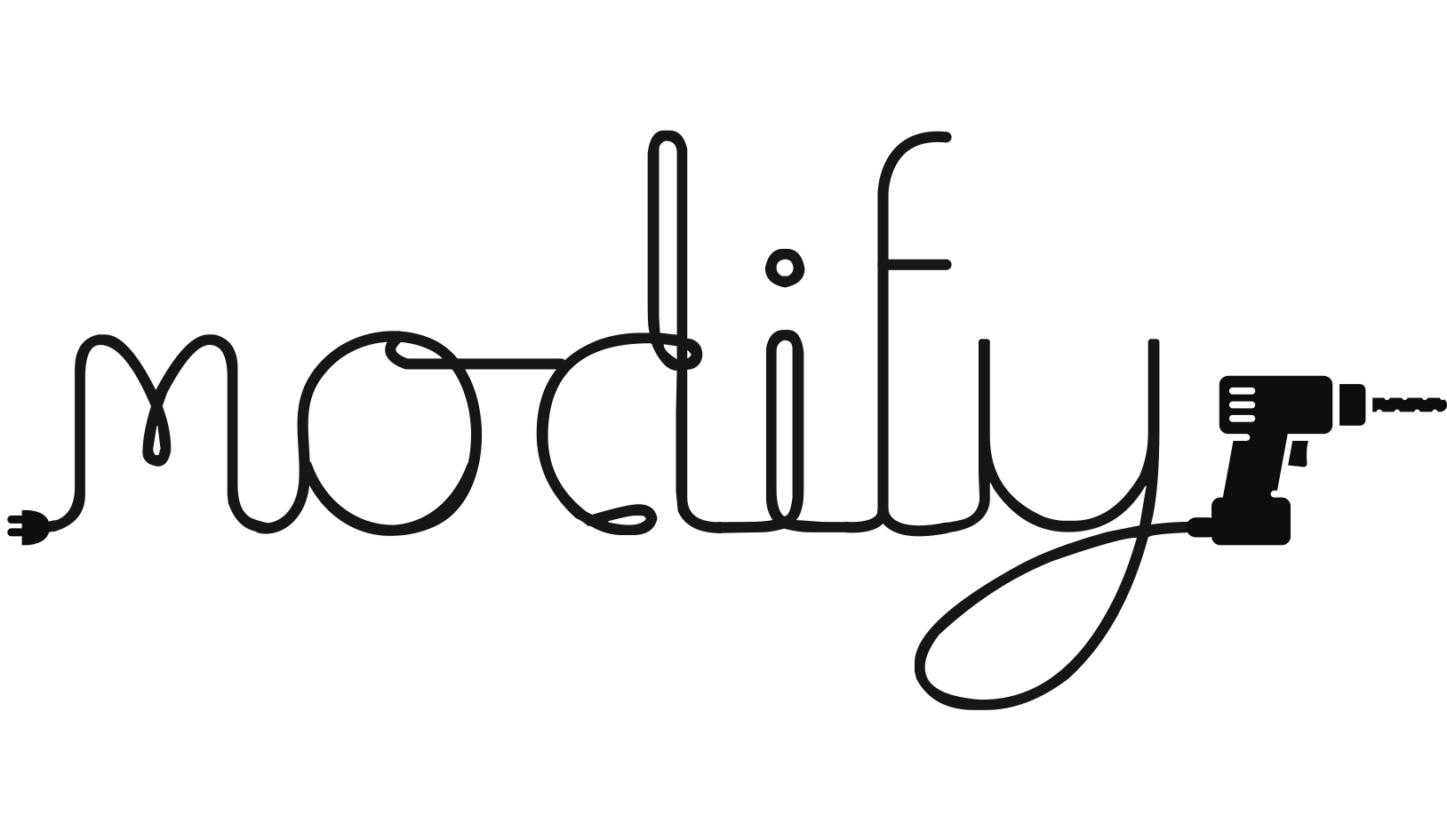ToolBox Talk Sheet
-
Toolbox Topic: First Aid
-
Site
-
Date
-
Given by:
Information
-
Most construction work involves excavations, foundations to the installation of services. If you work on building sites you are likely to be working close to this type of work even if you are not directly involved.
-
Importance.
Excavations are dangerous. Every year people are killed or seriously injured by collapses and falling materials working in or close to excavations. -
Regulations.
The Health and Safety at Work Act requires a safe place of work at all times. The CDM Regulations, Work at Height Regulations and Confined Space Regulations also apply. -
Guidance.
All work within excavations should be supervised by a competent person.
Excavations should be inspected before work at the start of every shift, after any event likely to have affected its strength or stability or after accidental fall of rock, earth or other material.
Excavations should be supported as you go along, preventing collapse through shoring, stepped or battered sides.
Ladders must be used for access and egress. Do not jump into or climb in or out on the timbering supports. Do not jump across excavations.
Warning signs and barriers should be around excavations to warn others.
Never dig mechanically or by hand until a careful investigation using detection equipment has been made for buried services. When services are known to be close, careful hand digging (no picks) is necessary until the precise position of the service is revealed.
Check excavations do not undermine scaffold footings, buried services or the foundations of nearby buildings or walls.
Keep spoil heaps and other materials well away from the edge of the excavation, and ensure that vehicle wheels cannot approach the edge. Place stop blocks as a guide to tipper drivers.
Keep plant and equipment away from the excavation edge, as this will increase the risk of collapse and falls into the excavation.
PPE must always be worn in excavations.
Do not alter or remove any supporting member unless you are competent and trained in trench shoring.
Keep an eye on the weather. Conditions in a trench can change drastically in heavy rain.
Remember, 1 cubic metre of earth weighs at least 1 tonne, more if wet. In the event of a collapse, it could take a strong man an hour to dig you out. -
Summary.
The main risks with excavation work come from collapse, falls of materials and people, buried services and undermining of nearby structures. Maintain safe excavation practices.
Questions
-
How do you prevent excavation collapse?
-
What are the main risks of working within or close to an excavation?
Name & Sign
- Attendance:
-
Full Name and Signature
-
Full Name and Signature






